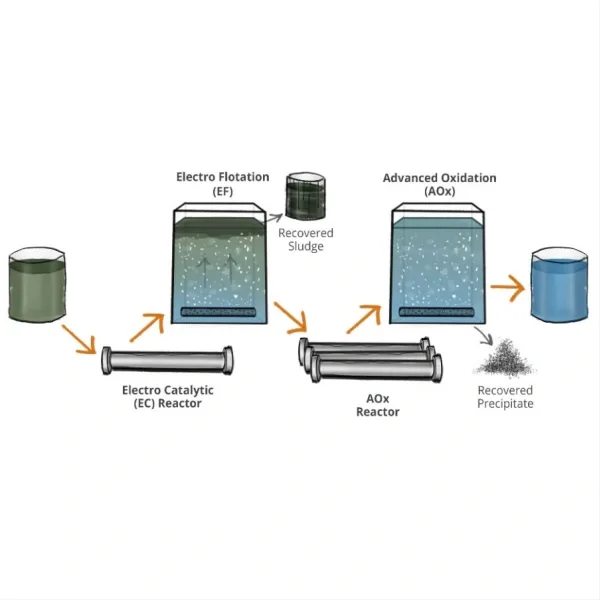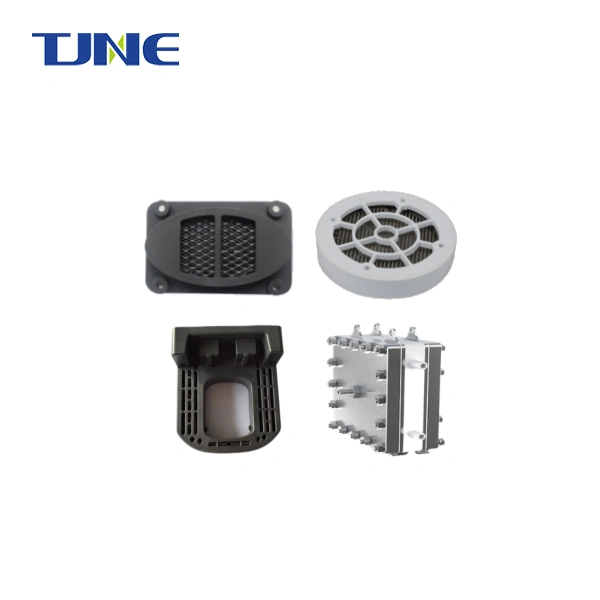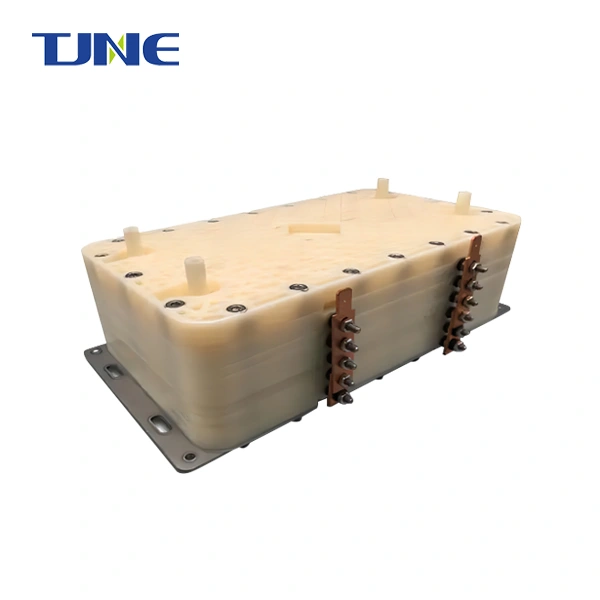- English
- French
- German
- Portuguese
- Spanish
- Russian
- Japanese
- Korean
- Arabic
- Greek
- German
- Turkish
- Italian
- Danish
- Romanian
- Indonesian
- Czech
- Afrikaans
- Swedish
- Polish
- Basque
- Catalan
- Esperanto
- Hindi
- Lao
- Albanian
- Amharic
- Armenian
- Azerbaijani
- Belarusian
- Bengali
- Bosnian
- Bulgarian
- Cebuano
- Chichewa
- Corsican
- Croatian
- Dutch
- Estonian
- Filipino
- Finnish
- Frisian
- Galician
- Georgian
- Gujarati
- Haitian
- Hausa
- Hawaiian
- Hebrew
- Hmong
- Hungarian
- Icelandic
- Igbo
- Javanese
- Kannada
- Kazakh
- Khmer
- Kurdish
- Kyrgyz
- Latin
- Latvian
- Lithuanian
- Luxembou..
- Macedonian
- Malagasy
- Malay
- Malayalam
- Maltese
- Maori
- Marathi
- Mongolian
- Burmese
- Nepali
- Norwegian
- Pashto
- Persian
- Punjabi
- Serbian
- Sesotho
- Sinhala
- Slovak
- Slovenian
- Somali
- Samoan
- Scots Gaelic
- Shona
- Sindhi
- Sundanese
- Swahili
- Tajik
- Tamil
- Telugu
- Thai
- Ukrainian
- Urdu
- Uzbek
- Vietnamese
- Welsh
- Xhosa
- Yiddish
- Yoruba
- Zulu
How Can an Electrodeposited Titanium Electrode Improve the Performance of Nickel-Cobalt Batteries?
Nickel-cobalt batteries have garnered significant attention in recent years due to their high energy density and potential applications in electric vehicles and renewable energy storage. However, researchers are constantly exploring ways to enhance their performance and longevity. One promising approach involves the use of electrodeposited titanium electrodes. These electrodes have shown potential to address some of the key challenges faced by nickel-cobalt batteries, including capacity fading and structural instability. In this blog post, we'll explore how electrodeposited titanium electrodes can improve the performance of nickel-cobalt batteries and examine some of the key questions surrounding this technology.
What are the advantages of using titanium as an electrode material in batteries?
Titanium has emerged as an attractive electrode material for various battery systems, including nickel-cobalt batteries, due to its unique properties and advantages. Understanding these benefits is crucial to appreciating the potential impact of electrodeposited titanium electrodes on battery performance.
First and foremost, titanium offers excellent chemical stability. Unlike some other electrode materials, titanium is highly resistant to corrosion and degradation in the harsh chemical environment of a battery. This stability translates to improved longevity and reliability of the battery, as the electrode is less likely to break down or lose its effectiveness over time.
Another significant advantage of titanium is its mechanical strength. Battery electrodes are subjected to repeated cycles of charging and discharging, which can lead to physical stress and structural changes. Titanium's robust mechanical properties help maintain the electrode's integrity over numerous cycles, reducing the risk of capacity loss due to structural degradation.
Titanium also boasts a high surface area-to-volume ratio when properly structured. This characteristic is particularly beneficial for electrodes, as it provides more active sites for electrochemical reactions to occur. A higher surface area can lead to improved charge transfer kinetics and better overall battery performance.
Furthermore, titanium has a relatively low density compared to some other electrode materials. This property is advantageous for applications where weight is a critical factor, such as in portable electronics or electric vehicles. Lighter electrodes can contribute to a reduction in overall battery weight without compromising performance.
The electrical conductivity of titanium, while not as high as some metals like copper or aluminum, is sufficient for many battery applications. When combined with appropriate surface treatments or coatings, titanium electrodes can achieve the necessary conductivity for efficient electron transfer during battery operation.
Titanium's biocompatibility and environmental friendliness are additional factors that make it an attractive choice for battery applications. As concerns about the environmental impact of battery materials grow, titanium's non-toxic nature and potential for recycling become increasingly important considerations.
Lastly, titanium's ability to form various nanostructures and alloys provides flexibility in electrode design. Researchers can tailor the properties of titanium electrodes to suit specific battery chemistries and performance requirements, optimizing factors such as ion diffusion, electron transport, and catalytic activity.
In the context of nickel-cobalt batteries, these advantages of titanium translate to several potential improvements. The enhanced stability can lead to better cycling performance and longer battery life. The high surface area can facilitate more efficient charge transfer between the electrode and the electrolyte, potentially increasing the battery's power density. The mechanical strength of titanium can help maintain the electrode structure during the volume changes associated with charging and discharging, reducing capacity fade over time.
While titanium offers numerous advantages as an electrode material, it's important to note that its implementation comes with challenges. These include the need for specialized deposition techniques to achieve the desired nanostructures and the potential for increased costs compared to some traditional electrode materials. However, ongoing research and development efforts are addressing these challenges, paving the way for more widespread adoption of titanium electrodes in high-performance battery systems.
How does the electrodeposition process affect the properties of titanium electrodes?
The electrodeposition process plays a crucial role in determining the properties and performance of titanium electrodes used in nickel-cobalt batteries. This technique allows for precise control over the structure and composition of the electrode, which in turn significantly influences its electrochemical behavior and overall battery performance.
Electrodeposition, also known as electroplating, is an electrochemical process that involves the deposition of a material onto a conductive substrate using an electric current. In the case of titanium electrodes, this process typically involves the reduction of titanium ions from an electrolyte solution onto a substrate electrode. The specific parameters of the electrodeposition process, such as current density, electrolyte composition, temperature, and deposition time, can be finely tuned to achieve desired electrode properties.
One of the most significant effects of the electrodeposition process on titanium electrodes is the control over surface morphology. By adjusting the deposition parameters, researchers can create a wide range of surface structures, from smooth films to highly porous nanostructures. These nanostructures are particularly beneficial for battery applications as they can dramatically increase the electrode's surface area. A higher surface area provides more active sites for electrochemical reactions, potentially leading to improved charge storage capacity and faster charge/discharge rates.
The electrodeposition process also allows for precise control over the thickness of the titanium layer. This is crucial for optimizing the balance between active material loading and electron transport. A thicker layer may provide more active sites for charge storage but could also increase the electrode's resistance to electron flow. By carefully controlling the deposition time and current density, researchers can achieve the optimal thickness for maximum performance.
Another important aspect of electrodeposition is its influence on the crystalline structure of the deposited titanium. The process conditions can affect the size, orientation, and distribution of titanium crystals, which in turn impact the electrode's electrical and mechanical properties. For instance, smaller crystal sizes often lead to improved mechanical strength and better ion diffusion kinetics, both of which are beneficial for battery performance.
Electrodeposition also offers the possibility of creating composite or hybrid electrodes. By co-depositing titanium with other materials or by depositing titanium onto pre-existing nanostructures, researchers can develop electrodes with enhanced properties. For example, titanium-carbon composites have shown improved conductivity and stability compared to pure titanium electrodes.
The process can also influence the purity and composition of the deposited titanium layer. Careful control of the electrolyte composition and deposition parameters can minimize the incorporation of impurities, which could otherwise negatively affect the electrode's performance. Additionally, by adjusting the electrolyte composition, it's possible to deposit titanium alloys or doped titanium, further tailoring the electrode's properties to suit specific battery requirements.
The electrodeposition technique offers excellent control over the uniformity of the deposited titanium layer. This is particularly important for large-scale electrode production, as uniform coverage ensures consistent performance across the entire electrode surface. Non-uniform deposition can lead to hotspots or areas of reduced activity, which can compromise battery performance and safety.
It's worth noting that the electrodeposition of titanium presents some challenges. Titanium ions are prone to hydrolysis in aqueous solutions, which can complicate the deposition process. As a result, researchers often use non-aqueous electrolytes or specialized additives to achieve successful titanium electrodeposition. Overcoming these challenges is an active area of research, with continuous improvements being made in electrolyte formulations and deposition techniques.
The effects of the electrodeposition process on titanium electrodes extend beyond their initial formation. The resulting electrode structure can influence how the material behaves during battery operation. For instance, the nanostructured surface created by electrodeposition can facilitate better ion insertion and extraction, potentially reducing the stress on the electrode during cycling and improving its long-term stability.
In summary, the electrodeposition process is a powerful tool for tailoring the properties of titanium electrodes for nickel-cobalt batteries. By carefully controlling the deposition parameters, researchers can optimize surface area, thickness, crystalline structure, composition, and uniformity. These factors collectively determine the electrode's performance in terms of capacity, rate capability, cycle life, and overall efficiency. As research in this field progresses, further refinements in electrodeposition techniques are likely to yield even more advanced titanium electrodes, pushing the boundaries of nickel-cobalt battery performance.
What challenges exist in scaling up the production of electrodeposited titanium electrodes for commercial use?
While electrodeposited titanium electrodes show great promise for improving the performance of nickel-cobalt batteries, scaling up their production for commercial use presents several significant challenges. Addressing these hurdles is crucial for the widespread adoption of this technology in practical applications.
One of the primary challenges in scaling up production is maintaining consistency and quality control across large-scale manufacturing processes. The properties of electrodeposited titanium electrodes are highly dependent on the precise control of deposition parameters. In a laboratory setting, it's relatively easy to maintain tight control over factors such as current density, electrolyte composition, and temperature. However, translating this level of control to industrial-scale production can be complex and costly. Variations in these parameters can lead to inconsistencies in electrode properties, potentially resulting in performance variations within a batch of batteries.
Another significant challenge lies in the time and energy requirements of the electrodeposition process. Depending on the desired thickness and structure of the titanium layer, the deposition process can be time-consuming. This could potentially create bottlenecks in production and increase manufacturing costs. Developing more efficient deposition techniques or finding ways to parallelize the process without compromising quality is an important area of research for commercial scaling.
The choice of substrate material and its preparation also present challenges in large-scale production. The substrate must be conductive, stable under deposition conditions, and compatible with the final battery design. Ensuring uniform surface preparation across large substrate areas is crucial for achieving consistent electrodeposition. Any imperfections or contaminants on the substrate surface can lead to defects in the deposited titanium layer, potentially affecting battery performance.
The composition and handling of the electrolyte solution used in titanium electrodeposition pose additional challenges. Many effective electrolytes for titanium deposition are non-aqueous and may contain components that are sensitive to moisture or air. Scaling up production while maintaining the purity and stability of these electrolytes can be technically challenging and may require specialized equipment and handling procedures. Furthermore, the disposal or recycling of used electrolytes must be considered from both economic and environmental perspectives.
Cost is another significant factor in scaling up production. While titanium is abundant, the processing required to produce high-purity titanium compounds suitable for electrodeposition can be expensive. Additionally, some of the most effective electrolytes for titanium deposition contain costly components. Finding ways to reduce material costs without compromising electrode quality is crucial for commercial viability. This might involve developing new, more cost-effective electrolyte formulations or improving the efficiency of the deposition process to reduce material waste.
The integration of electrodeposited titanium electrodes into existing battery manufacturing processes presents another set of challenges. Current production lines for nickel-cobalt batteries are optimized for traditional electrode materials and manufacturing techniques. Incorporating a new electrode production process may require significant modifications to these production lines, potentially involving substantial capital investment. Ensuring that the new electrodes are compatible with other battery components and assembly processes is also crucial.
Regulatory compliance and safety considerations are important factors in scaling up production. As with any new materials or processes in battery manufacturing, electrodeposited titanium electrodes will need to meet various safety and performance standards. This may involve extensive testing and certification processes, which can be time-consuming and costly.
The durability and long-term performance of electrodeposited titanium electrodes in real-world applications need to be thoroughly validated before large-scale commercialization. While laboratory tests may show promising results, the performance of these electrodes under various operational conditions and over extended periods needs to be established. This validation process can be lengthy and may reveal issues that were not apparent in small-scale testing.
Intellectual property considerations can also impact the scaling up of production. The development of effective electrodeposition techniques for titanium electrodes often involves proprietary knowledge and patented processes. Navigating the intellectual property landscape and securing the necessary rights or partnerships for commercial production can be complex and potentially limiting.
Lastly, market acceptance and demand present challenges for scaling up production. While the potential benefits of electrodeposited titanium electrodes are significant, convincing battery manufacturers and end-users to adopt this new technology may require substantial evidence of improved performance and cost-effectiveness. Building market confidence and demand is crucial for justifying the investments required for large-scale production.
In conclusion, while electrodeposited titanium electrodes offer promising improvements for nickel-cobalt batteries, the path to large-scale commercial production is fraught with challenges. These range from technical issues in maintaining consistent quality and scaling up the deposition process, to economic considerations of cost-effectiveness and market acceptance. Overcoming these hurdles will require continued research and development efforts, innovative engineering solutions, and strategic planning. As these challenges are addressed, the potential for electrodeposited titanium electrodes to significantly enhance the performance of nickel-cobalt batteries in commercial applications becomes increasingly realizable.
If you are interested in the products of Xi'an Taijin New Energy Technology Co., Ltd., please contact yangbo@tjanode.com.
References:
1. Zhang, L., et al. (2020). "Electrodeposition of titanium oxide for improved performance of lithium-ion batteries." Journal of Power Sources, 460, 228058.
2. Liu, Y., et al. (2019). "Nanostructured titanium-based materials for electrochemical energy storage." Advanced Energy Materials, 9(22), 1900854.
3. Wang, X., et al. (2018). "Titanium-based nanomaterials for electrochemical energy storage and conversion." Chemical Society Reviews, 47(23), 8744-8786.
4. Djenizian, T., et al. (2021). "Electrodeposited titanium-based nanostructures for energy storage applications." Frontiers in Chemistry, 9, 686050.
5. Kim, S., et al. (2017). "Electrodeposition of titanium on carbon fibers for use in polymer electrolyte membrane fuel cells." International Journal of Hydrogen Energy, 42(34), 21942-21951.
6. Jiang, L., et al. (2020). "Electrodeposition of nanostructured titanium dioxide for high-performance lithium-ion batteries." ACS Applied Materials & Interfaces, 12(35), 39565-39573.
7. Rafailović, L. D., et al. (2019). "Functionalizing titanium dioxide nanotubes with electrocatalysts by electrodeposition." Catalysts, 9(8), 648.
8. Chen, Z., et al. (2018). "Recent progress in the development of titanium dioxide nanomaterials for applications in electrochemical capacitors." Journal of Materials Chemistry A, 6(24), 11078-11098.
9. Ortiz, G. F., et al. (2015). "Nanoarchitectured TiO2/C: a winning combination for new generation lithium-ion batteries." ChemSusChem, 8(21), 3605-3613.
10. Furukawa, H., et al. (2016). "Electrodeposition of titanium oxide on various substrates in nonaqueous solution." Journal of The Electrochemical Society, 163(10), D506-D514.












